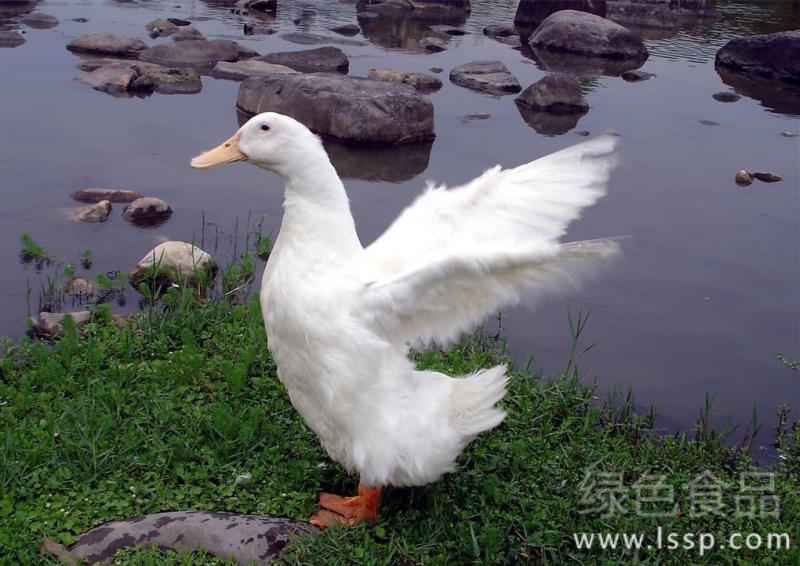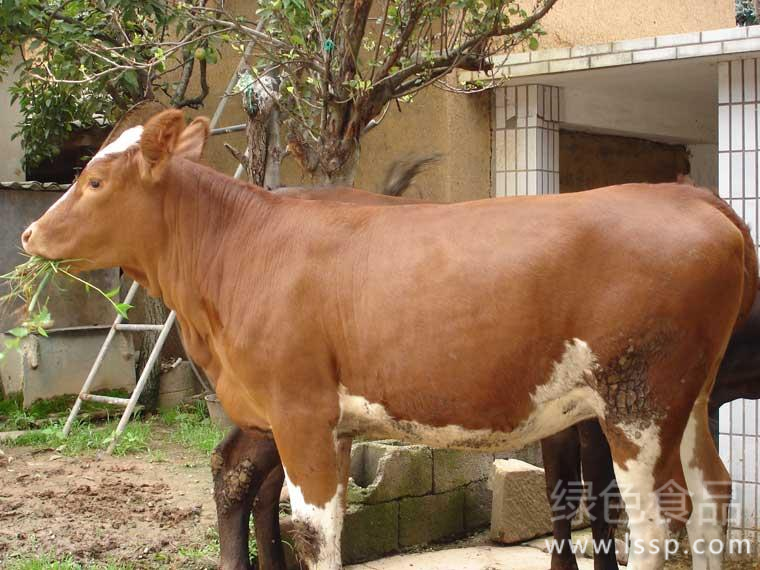Key points of fish pond management before and after typhoon resisting improper fish and easy to die
Today, the busiest are the three major typhoons fighting landlords in the Pacific Ocean. On the evening of the 10th or 11th, Typhoon "Canhong" will make landfall along the coast of Zhejiang and Fujian. This typhoon is comparable to the "Sangmei" of 2006, so major mariculturists should pay close attention to preventive work and reduce losses. The key points of the management of fish ponds before and after the typhoon are introduced as follows:

Fish pond
During typhoons, pay attention to the safety of fish ponds.
1. Before the typhoon: check the hidden danger of safety
(1) ensure the safe use of electricity. Check whether there is any leakage in the power system and whether the power generation system can ensure the normal use of aerators and pumps.
(2) check and strengthen the pond foundation and do a good job of leakage prevention. Simple huts that have been in disrepair for years should be demolished to prevent casualties caused by collapse. The warehouse room should be reinforced to prevent leakage to prevent the feed from getting moldy in the rain.
2. Pay attention to personal safety during typhoon.
During typhoon and rainstorm, always pay attention to the movement of typhoon, if there is force majeure, pay attention to personal safety, leave low-lying places such as fish ponds in time, and take refuge in high places, crowded and sturdy concrete structures. The ship docked at the shore in time, and the personnel on board were transferred to the shore immediately.
Second, prevention and control of fish pond diseases before and after typhoon.
1. Before the typhoon:
(1) dredging flood discharge ditches and lowering the water level of fish ponds. Be prepared to rule out the upper acid Rain Water at any time.
(2) add salt conditionally. Before typhoons and rainstorms, saltwater fish ponds should store more salt water or put salt into the fish ponds to prevent a large amount of fresh water from pouring into the fish ponds, resulting in a sharp drop in salinity and causing dead fish.
(3) enhance the anti-stress ability of fish and shrimp. Properly reduce the amount of feed on the eve of the typhoon, sprinkle vitamin C, glucose, immune polysaccharides and other drugs throughout the pond to enhance and improve the physique and anti-stress ability of fish and shrimp.
2. During typhoons:
During typhoon and rainstorm, the time of increasing oxygen should be prolonged appropriately. The typhoon can easily lead to the lack of dissolved oxygen at the bottom of the fish pond. at the same time, the water temperature, pH value and salinity will decrease. When the dissolved oxygen in the fish pond is low, the organic matter in the sugar bottom can not be oxidized and decomposed normally, which will produce toxic substances such as ammonia nitrogen and nitrite, which will harm the fish and shrimp and lead to the occurrence of diseases. Therefore, appropriately extend the time of increasing oxygen, if necessary, about 8 pm, put in some oxygenator. It can not only increase the dissolved oxygen at the bottom of the pond, but also improve the environment at the bottom of the pond and prevent the floating head of fish and shrimp.
Fish pond
3. Prevention and control measures of pond culture diseases after typhoon and rainstorm.
(1) do a good job in post-disaster treatment and recovery of fish ponds. Dead fish, sick fish and aquatic plants swept up by typhoons should be fished out immediately to prevent decay and pollute the water body, and count the quantity and weight of dead fish and shrimp in order to replenish the seedlings.
(2) disinfect the pond and regulate the water quality: Rain Water can remove the acid on the surface of the fish pond in time to improve the salinity and PH value. The fish ponds with serious stress reaction of prawns should first eliminate the stress reaction. Then low irritating disinfectants such as dibromohydantoin, chlorine dioxide, strong chlorine and biquaternary ammonium salt complex iodine were used to disinfect the pond water body in the whole pond. after a few days of disinfection, the water quality could be adjusted. For ponds with pH value less than 8.5m, quicklime can be sprinkled. The average water depth is 1.5ml 2.0m. 10kg quicklime is used per mu. After pulping water, the whole pond is sprinkled to adjust pH value. When the water quality of the fish pond becomes clear, biological bacterial fertilizer and compound fertilizer can be put into the fish pond to maintain the fertility of the fish pond and the balance between algae and bacteria. For the fish ponds with too strong water quality and too much organic matter in the bottom, microecological agents and sediment modifiers are used to improve the water quality of the fish ponds and the ecological environment at the bottom. In the use of microecological agents at the same time to start the aerator to avoid hypoxia.
(3) to enhance the anti-stress ability of fish and shrimp, it can be mixed with VC 3 ‰, immune polysaccharides 2 ‰, protecting liver health 3 ‰, immune polypeptides 2 ‰.
- Prev

Poisoning caused by accidental eating of ducks often occurs how to prevent and cure poisoning of meat ducks
Poisoning caused by accidental eating of ducks often occurs how to prevent and cure poisoning of meat ducks
- Next

Matters needing attention in raising Beef cattle with Great potential in Beef cattle breeding Market
Matters needing attention in raising Beef cattle with Great potential in Beef cattle breeding Market
Related
- On the eggshell is a badge full of pride. British Poultry Egg Market and Consumer observation
- British study: 72% of Britons are willing to buy native eggs raised by insects
- Guidelines for friendly egg production revised the increase of space in chicken sheds can not be forced to change feathers and lay eggs.
- Risk of delay in customs clearance Australia suspends lobster exports to China
- Pig semen-the Vector of virus Transmission (4)
- Pig semen-the Vector of virus Transmission (3)
- Five common causes of difficult control of classical swine fever in clinic and their countermeasures
- Foot-and-mouth disease is the most effective way to prevent it!
- PED is the number one killer of piglets and has to be guarded against in autumn and winter.
- What is "yellow fat pig"? Have you ever heard the pig collector talk about "yellow fat pig"?

